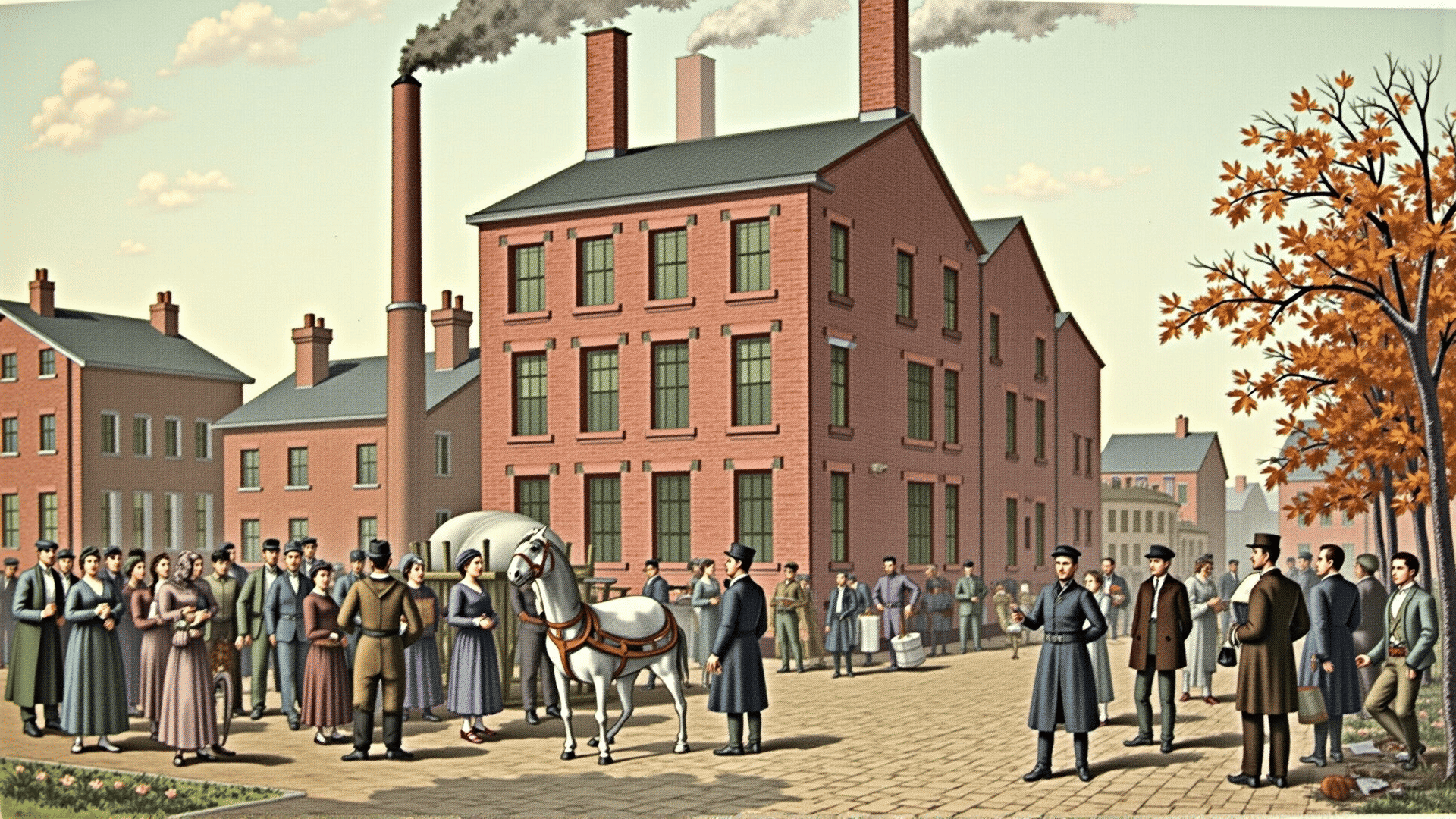The Industrial Revolution, a pivotal era from the late 18th to the early 19th century, was characterized by a monumental shift in manufacturing processes and societal structures. One of the most significant transformations occurred in the textile industry, which not only revolutionized production methods but also had a profound impact on the styles worn in America during that time.
Prior to the Industrial Revolution, textile production was a labor-intensive process, often carried out in people's homes or small workshops. The introduction of mechanized equipment, such as the spinning jenny, power loom, and cotton gin, dramatically increased the speed and scale of textile manufacturing. These innovations allowed for the mass production of fabric, significantly lowering costs and increasing accessibility.
With the advent of these technologies, the American textile industry grew rapidly. Factories sprang up across the country, particularly in the northeastern states, transforming towns into booming industrial centers. The increased availability of textiles meant that a wider segment of the population could afford new clothes, contributing to a shift in the way Americans dressed. As fabric became less expensive and more designs appeared, people began to experiment with different materials, patterns, and colors, leading to greater diversity in styles.
This era also marked a significant change in the female wardrobe. Prior to industrial advances, clothing styles were largely driven by practicality and social standing. However, as textiles became more affordable, women gained access to a wider array of garments and were able to follow emerging trends more closely. Dresses became more elaborate, with intricate detailing and luxurious fabrics that reflected one's fashion-forward thinking and emerging social mobility.
The democratization of fashion was not limited to just women. Men's fashion also evolved, with suits becoming more tailored and refined. Mass production brought about more uniformity in styles, establishing a precedent for the standard men's suit that we recognize today.
Furthermore, the Industrial Revolution influenced the way people thought about personal adornment and fashion. As textiles became readily available, people's focus shifted from purely practical clothing to expressing individuality and status through what they wore. This era set the stage for future developments in fashion, where individual expression and identity became key components of style choices.
In conclusion, the Industrial Revolution paved the way for a new era in textile production and sartorial expression in America. The mechanization of the textile industry not only made clothes more accessible to the masses but also transformed the very nature of fashion. This period of rapid technological and social change laid the foundation for the diverse and ever-evolving styles that characterize American fashion today.
